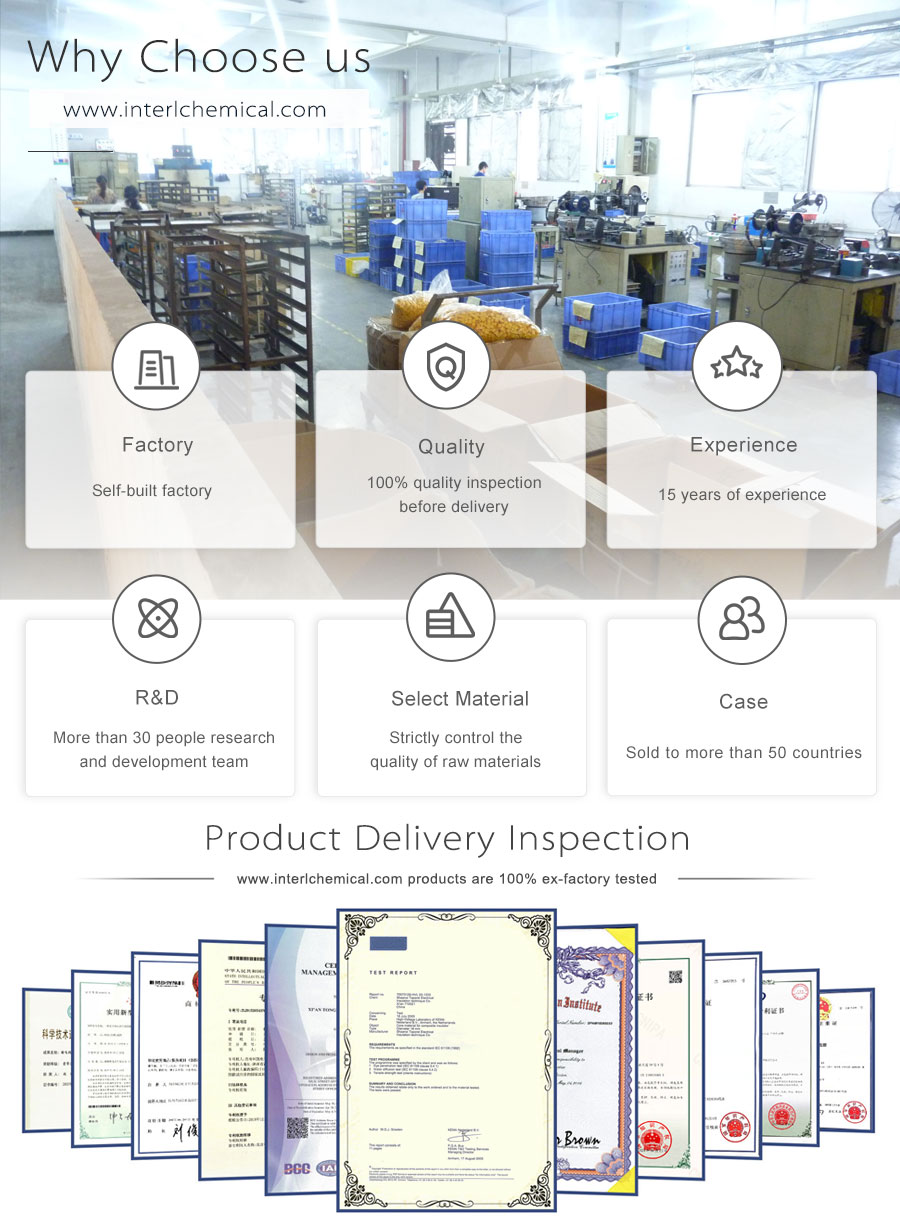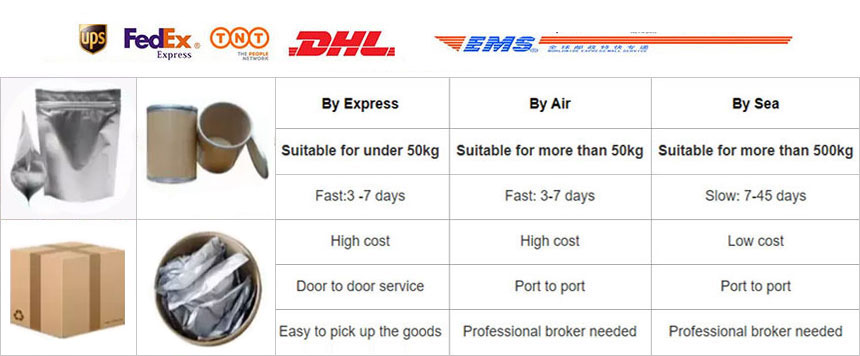Phone: 86-29-89601602
Mail: sales27@interlgroup.com
Add: Room 305 , 3/F , Haipai Decoration Office Building , Yudu Avenue , Yuncheng , Shanxi
Factory Supply Thiamine Powder CAS 67-03-8 Raw Materials
Product Overview:
Thiamine Powder, also known as thiamine, is the earliest water-soluble vitamin to be purified by people, chemically known as 3-[(4-amino-2-methyl-5-pyrimidinyl)-methyl]-5-(2-hydroxyethyl)-4-methylthiazolium chloride hydrochloride, which has the effect of maintaining normal glucose metabolism, and is commonly used clinically to prevent and control foot odor due to the lack of VB1, and also used for neuritis, It is also used in the adjuvant treatment of neuritis, indigestion, etc.
Thiamine CAS 67-03-8 is the hydrochloride of thiamine, a form of vitamin B1.
Thiamine hydrochloride (Vitamin B1 hydrochloride 59-43-8) is a white acicular crystalline powder with a faint odor similar to rice bran and a bitter taste, anhydrous dry product absorbs water rapidly in air (4%).
Thiamine Raw Materials melting point 246~250℃. Stable to heat (170 ℃), soluble in water, slightly molten in ethanol. Insoluble in benzene and ether. At room temperature, sulfites can decompose this product into pyrimidine and thiazole. Cyanide high iron, such as potassium hexacyanoferrate can be oxidized to dehydrothiamine with blue fluorescence, i.e., sulfur pigment, according to which the content of thiamine can be determined.
Factory Supply Thiamine Powder CAS 67-03-8 Raw Materials Attributes
MF:C12H17N4OS.ClH.Cl
MW: 337.27
EINECS:200-641-8
Specification:Thiamine Powder
Sample:Thiamine Powder
Brand: Thiamine Powder
Appearance: White Powder
Storage: Cool Dry Place
Brand: Globalchemical
Shelf Life: 2 Years
Test Method: HPLC
Factory Supply Thiamine Powder CAS 67-03-8 Raw Materials Details
Uses and synthesis of Thiamine Powder
Thiamine Powder, also known as thiamine, is the earliest water-soluble vitamin to be purified, with the chemical name of 3-[(4-amino-2-methyl-5-pyrimidinyl)-methyl]-5-(2-hydroxyethyl)-4-methylthiazolium chloride hydrochloride, which has the function of maintaining normal glucose metabolism, and is commonly used in the clinic to prevent and control foot fungus caused by the lack of VB1, and also used in neuritis, It is also used in the adjuvant treatment of neuritis, dyspepsia, etc.

Thiamine Raw Materials is the hydrochloride of thiamine, a form of vitamin B1.
Thiamine CAS 67-03-8 is a white needle-like crystalline powder, with a weak odor similar to rice bran, bitter taste, anhydrous dry product in the air quickly absorbs water (4%). Melting point 246~250℃. Stable to heat (170℃), soluble in water, slightly fused to ethanol. Insoluble in benzene and ether.
Thiamine CAS 67-03-8 At room temperature, sulfites can decompose this product into pyrimidine and thiazole. Cyanide high iron, such as potassium ferricyanide can be oxidized to dehydrothiamine with blue fluorescence, i.e., sulfur pigment, according to which the content of thiamine can be determined.

Applications / Functions of Thiamine Powder
Thiamine CAS 67-03-8 Nutritional supplements. Vitamin B1 is involved in the intermediate metabolism of sugar in the body. Insufficient vitamin B1 in the organism, the activity of covalent carboxylase decreases, and sugar metabolism is blocked, thus affecting the whole metabolic process of the organism. Among them, acetone decarboxylation is blocked, cannot enter the tricarboxylic acid cycle, does not continue to oxidize, and accumulates in the tissues. At this point, the nerve tissue supply is insufficient, so the corresponding neuromuscular symptoms can appear, such as polyneuritis, muscle atrophy and edema, and in severe cases can also affect the function of the heart muscle and brain tissue. Vitamin B1 deficiency can also cause indigestion, loss of appetite and constipation.
Thiamine CAS 67-03-8 plays an important role in maintaining normal nerve conduction, the heart and the normal activity of the digestive system. When deficient, it is easy to suffer from foot odor or polyneuritis and other diseases. It can be used in infant food with the dosage of 4~8mg/kg; in cereals and their products with the dosage of 3.0~5.0mg/kg; and in drinking liquid and milk beverage with the dosage of 1~2mg/kg.It can be fortified with Thiamine Nitrate and the specific dosage should be converted.
Thiamine Powder Biochemical studies, fluorescence and phosphorescence photometric analysis of phosphorus, clinical drugs belong to the vitamin B family, used in the prevention of foot fungus, polyneuritis, central nervous system damage and other conditions of the treatment.

Thiamine Powder properties and stability
Thiamine Powder White to yellow-white fine crystals, or crystalline powder, slightly rice sugar like special odor, bitter taste, easy to absorb moisture, dry products in the air quickly absorb about 4% of the water.Thiamine CAS 67-03-8 1g can be dissolved in 1mL water and 100mL ethanol, soluble in glycerol and insoluble in ether and benzene. Melting point is about 248°C (with decomposition). Under acidic conditions, it is more stable to heat, when pH equals to 3, even if it is autoclaved to 140℃ for 1h, the damage is very little. However, it is easy to decompose in neutral and alkaline solution, and if it is boiled at pH more than 7, it will be destroyed mostly or completely, and it can be gradually destroyed even if it is stored at room temperature. Thiamine Raw Materials are sensitive to light. Thiamine Raw Materials is sensitive to light. It is hygroscopic when exposed to air, and the dried product rapidly absorbs 4% of water in air.
Thiamine Raw Materials white needle-like crystals or crystalline powder, with a faint rice bran-like special odor, bitter taste. Melting point 248~250℃(decomposition). Very soluble in water (1g dissolved in 1mL of water at 20℃), slightly soluble in ethanol, insoluble in ether, benzene, chloroform and acetone. Thiamine Powder is thermally stable in air and acidic aqueous solution (pH 3.0-5.0), and is easily decomposed under neutral and alkaline conditions. Oral LD509.0g/kg in mice.
Production method of Thiamine Powder
- Acetamidine and α-dimethoxymethyl-β-methoxypropionitrile are condensed and hydrolyzed to produce pyrimidine derivatives under the action of sodium alcohol, the latter reacts with carbon dioxide and ammonia, and then condenses with γ-chloro-δ-acetylpropyl acetate, and acid hydrolysis and cyclic synthesis to obtain thiamine thiosulfate, which is neutralized by ammonia, oxidized by hydrogen peroxide, and converted into thiamine nitrate by ammonium nitrate, and finally produced by adding hydrochloric acid.
- Thiamine Powder occurs naturally in foods such as rice bran, bran, lean meat, peanut rice, etc. Pure products are usually prepared by chemical synthesis. Excess acetamidine hydrochloride is condensed with α-dimethoxy-β-methoxypropionitrile in alkaline (methanol and sodium methanol) medium to 3,6-dimethyl-1,2-dihydro-2,4,5,7-tetraazanaphthalene, which is then hydrolyzed at 98-100°C, and then ring-opened to form 2-methyl-4-amino-5-aminomethylpyrimidine in alkaline conditions; this is followed by the action of carbon disulfide and ammonia, and then by the reaction with acetic acid-γ- Chloro-γ-acetylpropyl acetate condensation, and then in hydrochloric acid, 75 ~ 78 ℃ hydrolysis and ring synthesis of thiamine hydrochloride, and finally neutralized with ammonia, hydrogen peroxide oxidation, hydrochloric acid acid to thiamine hydrochloride.
- Natural products exist in rice bran, germ, yeast and beans, etc., can be extracted from rice bran or yeast hydrolysis. There are many synthetic methods. It can be produced from 4-amino-2-methyl-5-acetylaminomethylpyrimidine by hydrolysis, addition condensation, cyclic hydrolysis, oxidation, replacement and other steps.










